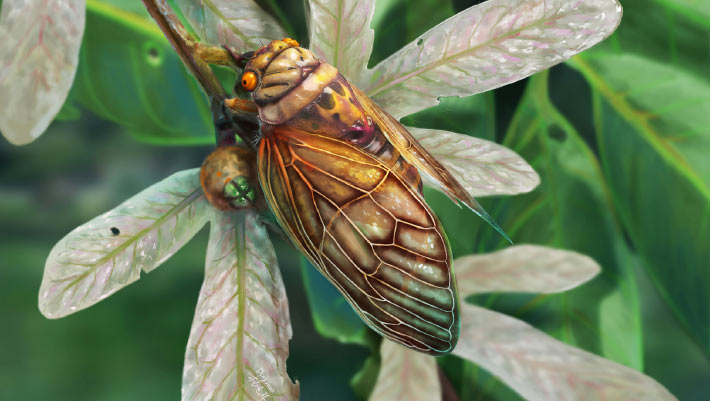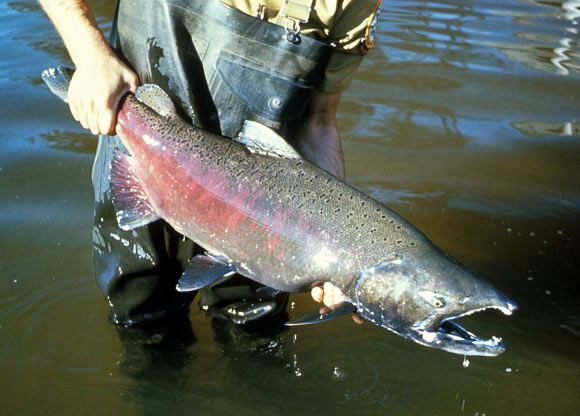Now Reading: New Fossil Singing Cicada Species Discovered in Germany
-
01
New Fossil Singing Cicada Species Discovered in Germany
New Fossil Singing Cicada Species Discovered in Germany

speedy Summary
- Discovery: A new cicada species, Eoplatypleura messelensis, has been identified as one of the earliest Cicadidae fossils from Eurasia (dating back 47 million years to the Eocene epoch) adn the oldest confirmed record of the Cicadinae subfamily worldwide.
- Location: Two specimens were found in Germany’s Messel Pit, an oil shale site known for exceptionally preserved fossils.
- Features:
– Body length of 2.65 cm and wingspan of 6.82 cm.
– compact head,inconspicuous compound eyes,broad forewings with curved edges.- Striking wing patterns resembling modern Platypleurini group cicadas, possibly used for camouflage in subtropical vegetation.
- Scientific Insights:
– Fossil is female; classification suggests males may have produced loud mating calls akin to modern buzzing cicadas.
– Fills a critical gap in understanding cicada evolution during the Eocene period and could serve as a key reference for genetic studies on their historical development.
!138942-Eoplatypleura-messelensis.jpg”>Eoplatypleura messelensis adult female
Image credit: Senckenberg Forschungsinstitut und Naturmuseum Frankfurt/Main.
Indian Opinion Analysis
The discovery of Eoplatypleura messelensis is a notable milestone in insect paleontology as it enhances our understanding of cicada evolution during the Eocene epoch.for India-home to diverse ecosystems supporting many modern cicada species-research like this provides insights into ancient environmental conditions that shaped such biodiversity globally. The identification reinforces how studying past life forms can guide future ecological strategies by improving knowledge about adaptation mechanisms like camouflage or mating behaviors under changing climates.
Moreover, this fossil record exemplifies interdisciplinary collaboration across paleontology and genetics that India could emulate to investigate its own rich geological history and fossil resources-such as, deeper studies into Gondwanan connections may enrich understanding not only about India’s fauna but also about broader biological histories tied to eurasian continents.
























